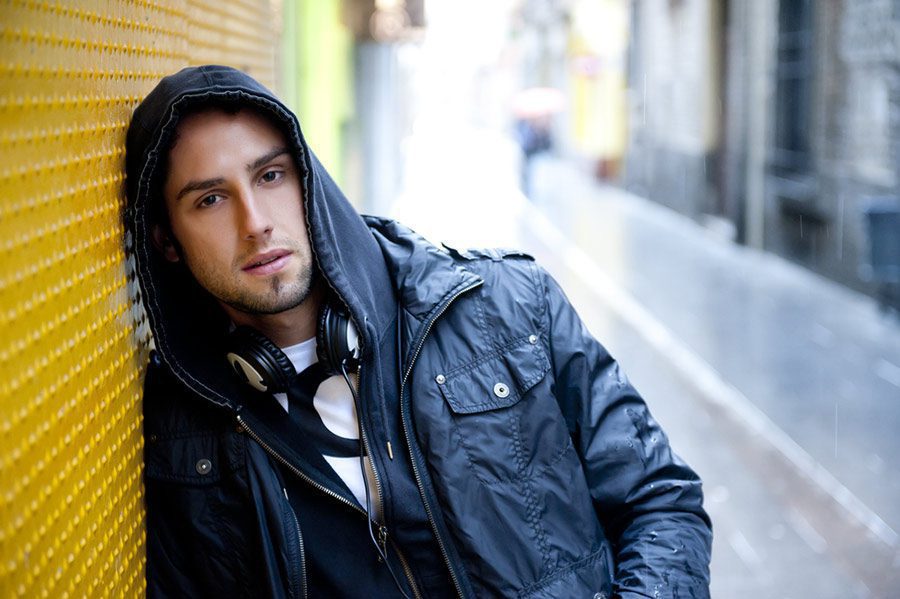Posts for Parents, Raising Adolescents, Stress
Youth suicide: Failing Our Adolescents

ABC’s opinion site published this piece from Maggie sharing her own story about a failed suicide attempt and why she thinks the solution to preventing youth suicide is in competent adults becoming lighthouses. Full Report
Following a national roundtable in April this year, we now await the tabling of a report on youth suicide prevention in the House of Representatives, with the next public hearing scheduled for tomorrow.
While I am keen to hear the findings of the House of Representatives Health Committee report — and applaud the work of the youth mental health groups who’ve made submissions — I am of the opinion that there is something we can all do, right now, as individuals to help support young people in this country.
Too often, I suspect suicide is the result of a young person simply reaching their tipping point and not knowing how to manage that feeling or to whom they can turn for guidance.
I have first-hand experience of this. I attempted suicide by overdose at the tender age of 17 after failing my first essay at university.
The essay wasn’t the only factor. I was a country girl who’d moved away from her family, and my parents rarely contacted me. In the course of a few weeks, I had been mugged and had my bike and belongings stolen; my room was broken into; I’d been propositioned by a lesbian (which was completely foreign to a bumpkin like me); and I had seen people shooting up drugs at a party.
All of these things were intimidating for a kid from the bush and I didn’t ever realise that I was struggling to maintain my ‘I’m OK’ mask.
I had been prescribed Valium for back pain so I took the whole bottle in a completely spontaneous response to my predicament.
To my friends and family, anyone who knew me, this would have been a huge shock. I had friends, an older boyfriend, I played basketball, worked part-time and had always excelled academically.
Failing the essay was simply the tipping point in what was a bad period. My emotional barometer had been rising and rising but I had none of the skills I have now as an adult with a fully formed frontal lobe in my brain, to diffuse that emotion.
Fortunately, my suicide attempt failed due to one of the tablets cracking and making me ill, but somewhere inside me a wise and gentle part of my ‘self’ helped me realise I wasn’t meant to die and allowed me to fight.
It took me many years to really overcome my low sense of self, to really love and accept myself. In the past three decades, I have worked as a high-school teacher, a counsellor and raised four sons who are thankfully all healthy and happy adults.
I am now a ‘lighthouse’ for many young people as I walk beside them on their bumpy road to adulthood. My job is not to rescue them, just to walk beside them and shine some light on their sometimes dark journey and, above all, give them hope.
These were the things missing from my journey and they nearly had fatal consequences.
Therein lies part of the solution to our youth suicide problem. Every competent adult in this country needs to find at least one adolescent in their life, who is not their son or daughter, and become a lighthouse for them.
Our culture is so driven towards growing our young people up too quickly, so geared towards connecting them with screens instead of real people, and meanwhile we are all so busy keeping pace with modern life, that we are truly failing our adolescents.
Traditional family and community structures that used to provide teaching and guidance are dissolving, as are the rites of passage that used to help young people transition into adulthood.
Young people today have more stressors and 24/7 distractions to contend with and this makes them even more vulnerable than any previous generation to reaching tipping point and that point of emotional overwhelm.
In some ways, we have stopped seeing our adolescents and we talk about them in fearful ways, imagining them us uncontrollable, enigmatic forces.
Despite how grown up they may appear and what they might say, our adolescents need real, active support from adults. We (and they) need to understand that their behaviour — the mood swings, forgetfulness, thrill-seeking antics — is perfectly understandable when you take the time to learn what is happening in the adolescent mind and body.
Lighthouses don’t rescue, advise or judge an adolescent’s behaviour, instead they act as a mirror so the young person can see the world from a different perspective.
After a suicide everyone always says ‘I wish I’d done something’— well this is our chance as a community to do something before it’s too late. So, shine a light.
If you are struggling with depression or anxiety, you can get help from Beyond Blue. Go to beyond.org.au or call 1300 22 4636. If you or someone you know is thinking about suicide, call Lifeline on 13 11 14.



